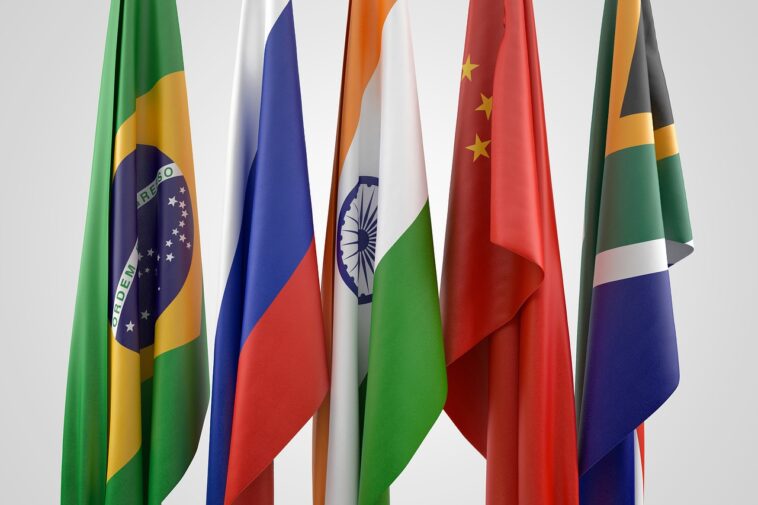BRICS stands for a group of five major emerging economies: Brazil, Russia, India, China, and South Africa. Initially, it was just ‘BRIC’ until South Africa joined in 2010. These countries are known for their rapidly growing economies and substantial global influence. They are part of the G-20, a forum of the world’s largest economies.
The Formation and Evolution of BRICS
The concept of BRIC was first proposed by Jim O’Neill, an economist at Goldman Sachs, in 2001. He predicted that these economies would become a significant force in the world by 2050. The idea gained traction, and in 2009, the first BRIC summit was held in Russia, marking the formal start of this cooperative group. South Africa’s entry in 2010 expanded the group to BRICS.
Economic and Global Significance
The BRICS countries, as of 2014, represented nearly 3 billion people, or about 40% of the world population. This immense population base offers a vast market for various products and services. Economically, they have a combined nominal Gross Domestic Product (GDP) of around $16.039 trillion. This figure represents about 20% of the global GDP. Additionally, their combined foreign reserves are estimated to be around $4 trillion.
Annual Summits and Collaborative Efforts
BRICS countries hold annual summits to discuss various issues ranging from economic collaboration to political matters. These summits are a platform for member countries to coordinate on a range of issues affecting their economies and to foster mutual growth. The 2015 summit, hosted by Russia, was the group’s seventh summit.
The Role and Influence in Global Affairs
These nations play a pivotal role in regional and global affairs. Their influence extends across economic, political, and cultural spheres. They are significant players in international forums like the United Nations and the World Trade Organization.
Economic Growth and Challenges
The rapid economic growth of BRICS nations has been remarkable. They have been pivotal in driving global economic growth, especially after the 2008 financial crisis. However, these nations also face challenges such as economic inequality, environmental issues, and the need for sustainable development.
Contribution to the Global Economy
The contribution of BRICS to the world economy is substantial. Their high growth rates have provided opportunities for global businesses and investors. The collective economic policies and agreements among these countries have the potential to shape global economic trends.
Criticism and Praise
The BRICS grouping has received both criticism and praise. Critics argue that the group lacks political coherence and faces internal competition, which hinders its effectiveness. On the other hand, supporters believe BRICS plays a crucial role in balancing global power dynamics, especially against the dominance of Western economies.
Future Prospects
The future of BRICS as a cohesive group remains a subject of debate. While they continue to play a significant role in the global economy, internal challenges and differing national interests pose hurdles to their collective aspirations.
Key Takeaways
- BRICS represents five major emerging national economies: Brazil, Russia, India, China, and South Africa.
- They account for about 40% of the world population and 20% of the global GDP.
- BRICS nations are significant players in global affairs with substantial influence in economic and political spheres.
- The group faces challenges like economic disparity and environmental concerns.
- BRICS has been a subject of both criticism and praise in the international arena.
In conclusion, the BRICS nations, with their significant population and economic size, play a pivotal role in the global economy. Their collaboration and individual growth stories offer insights into the changing dynamics of the world’s economic and political order. Despite challenges, the future of BRICS could have a considerable impact on global economic trends and international relations.





